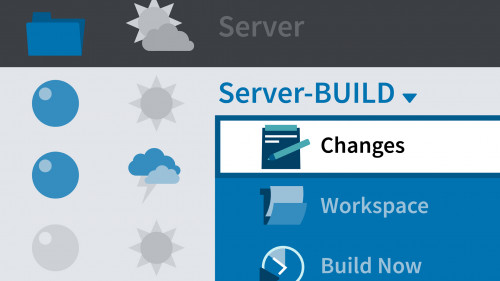
Linkedin Learning – Microsoft Teams Administration Managing Collaboration Tools-XQZT
English | Size: 303.95 MB
Category: Tutorial
Learn how to configure settings and policies for meetings users, and groups within Microsoft Teams. Also explore additions to the MS-700 exa



